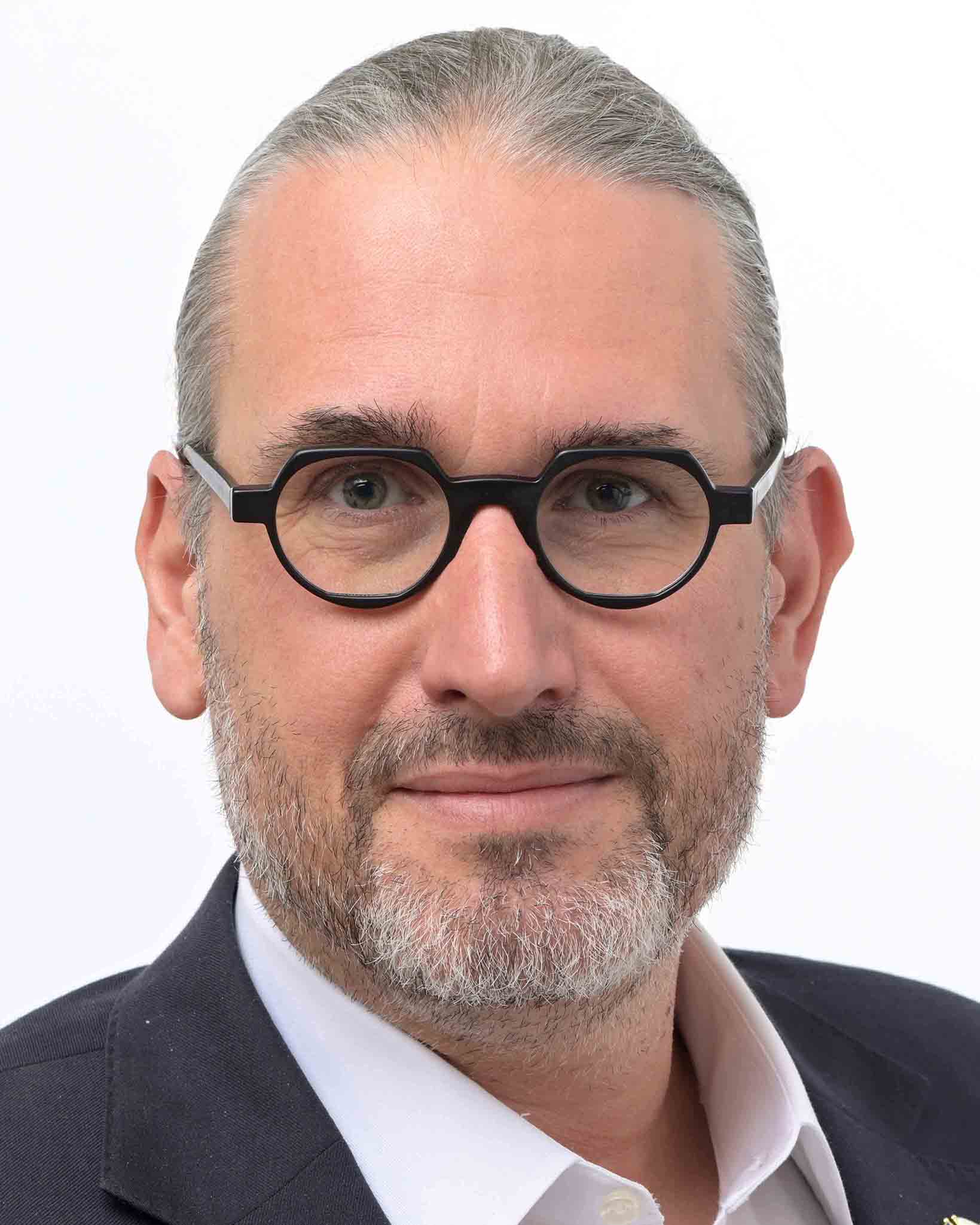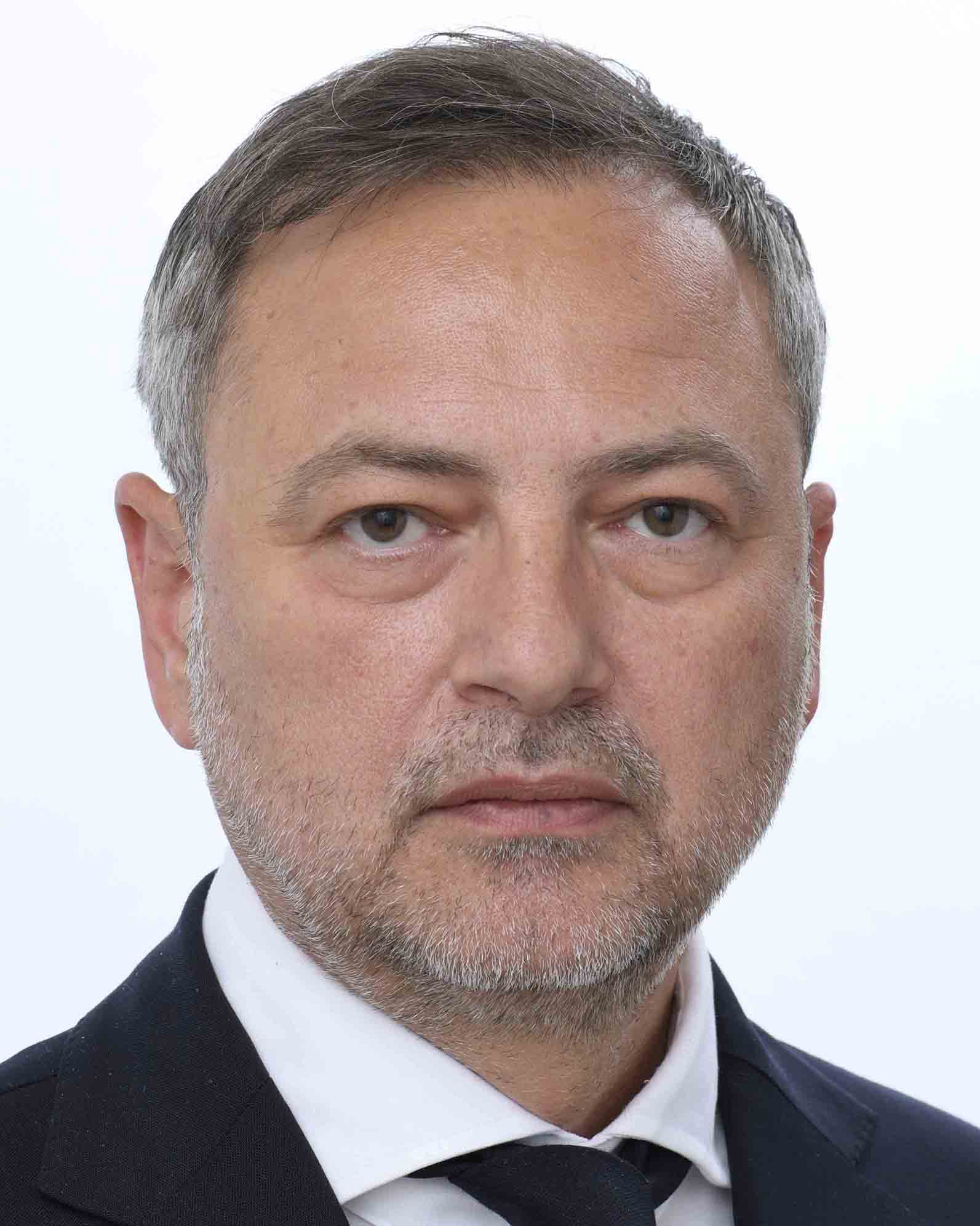
Choisissez la langue de votre document :
- bg - български
- es - español
- cs - čeština
- da - dansk
- de - Deutsch
- et - eesti keel
- el - ελληνικά
- en - English
- fr - français
- ga - Gaeilge
- hr - hrvatski
- it - italiano
- lv - latviešu valoda
- lt - lietuvių kalba
- hu - magyar
- mt - Malti
- nl - Nederlands
- pl - polski
- pt - português
- ro - română
- sk - slovenčina
- sl - slovenščina
- fi - suomi
- sv - svenska
|
| Postupak : 2021/2548(RSP) |
| Odaberite dokument : | ||||||
Podneseni tekstovi : O-000023/2021 (B9-0010/2021) | Rasprave : PV 26/04/2021 - 26CRE 26/04/2021 - 26 | Glasovanja : | Doneseni tekstovi : | |||
| Doslovno izvješće |
|
|
| Ponedjeljak, 26. travnja 2021. - Bruxelles |
|
| Posljednje ažuriranje: 12. svibnja 2022. | Pravna obavijest - Politika zaštite privatnosti |













